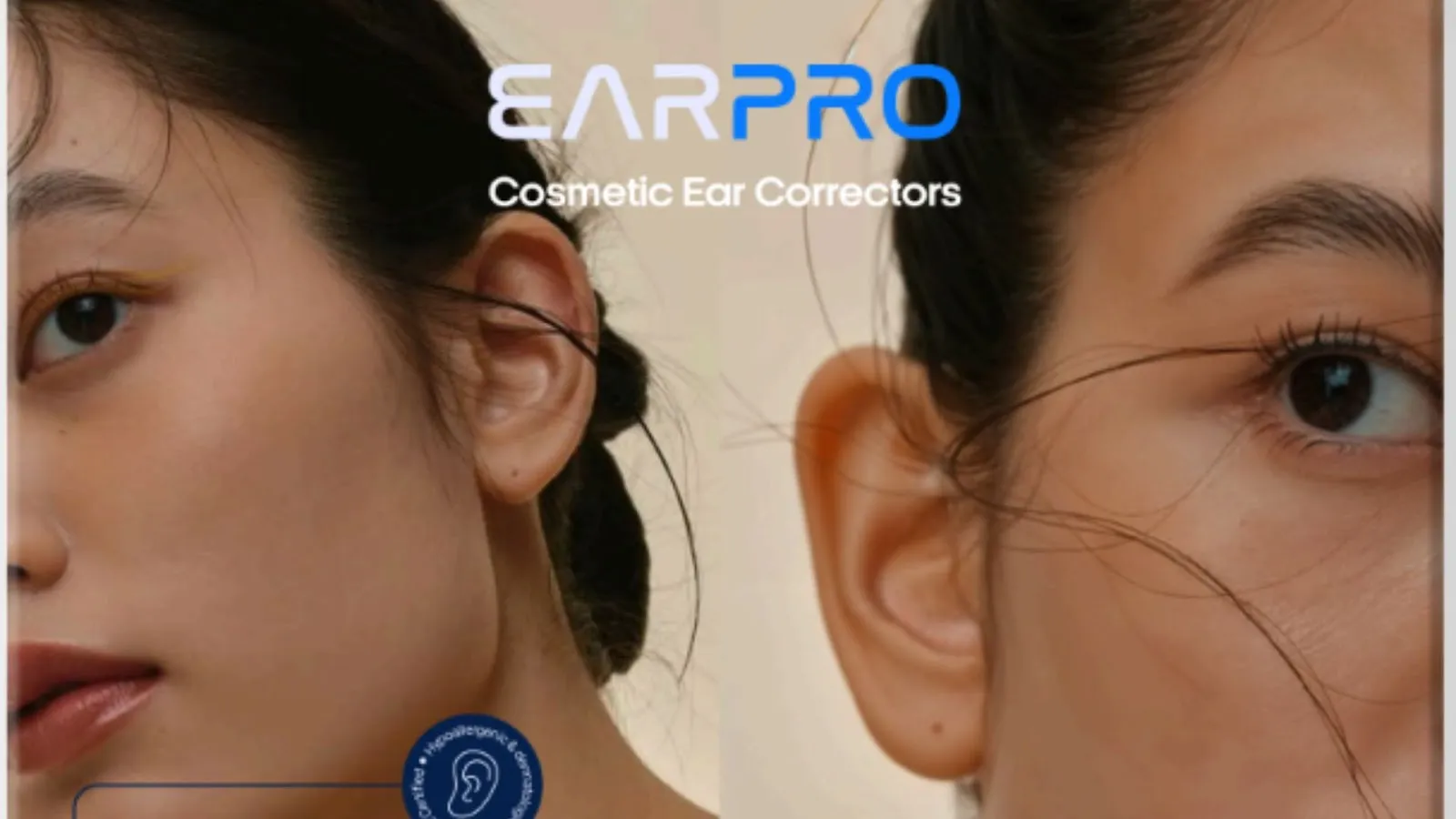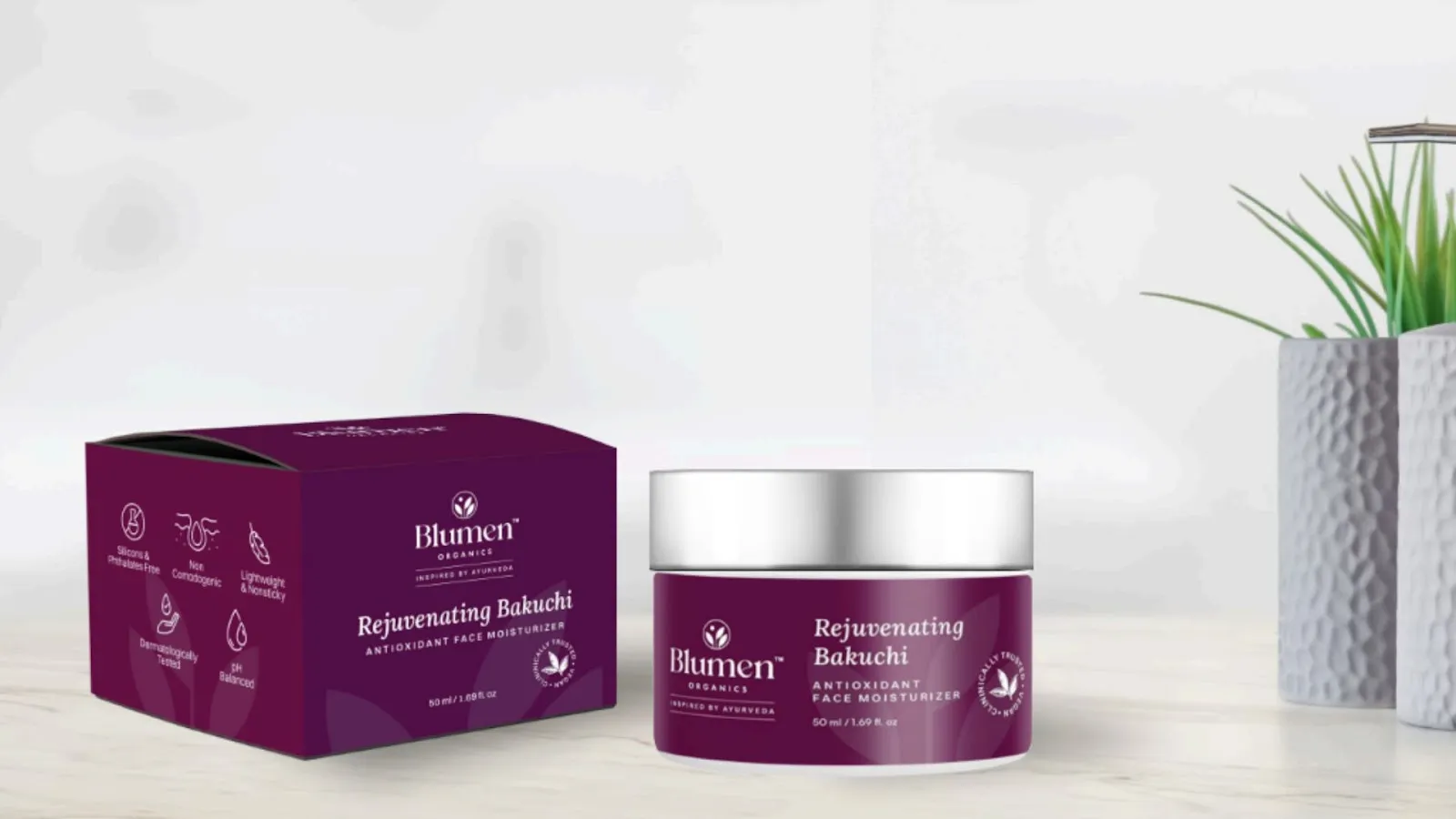.svg)
.svg)
.svg)
.svg)
.svg)
.svg)
.svg)
.svg)
Book a call and get unlimited revisions for your project!
.webp)
.svg)

As a founder, you're the first and most passionate evangelist for your brand. Your personality is woven into its DNA. The choice between minimalist and bold branding is really a question of how you want to channel that initial passion. Do you want your brand to speak with quiet confidence, letting the quality of your product do the talking?
That's minimalism. Or do you want it to shout your mission from the rooftops, disrupting a sleepy market with energy and conviction? That's going bold. For a founder, this isn't just a design choice; it's a strategic decision about how your brand will enter the conversation. It’s about choosing the right amplifier for your voice, one that will resonate most powerfully with the audience you're trying to reach.
The best branding strategy, whether minimalist or bold, is the one that authentically reflects your brand's core identity and connects with your target audience. The choice between a quiet, clean aesthetic and a loud, vibrant one is a strategic decision that shapes customer perception and market position. This guide will help you understand the nuances of minimalist vs. bold branding to determine which path is right for your modern brand.
Minimalist branding is a design philosophy centered on simplicity. It uses a less-is-more approach, stripping away non-essential elements to create a clean, uncluttered, and focused look. This style is defined by its generous use of negative space, a limited and intentional color palette, simple typography, and clean lines. It’s about communicating a message with precision and elegance, allowing the product or core service to be the hero.
Adopting a minimalist design isn't just about looking modern; it comes with several strategic advantages that contribute to long-term brand health. These are some of the modern branding best practices that draw companies to this style.

On the opposite end of the spectrum is bold branding. This strategy is all about making a statement and capturing attention instantly. It uses vibrant colors, expressive and custom typography, dynamic patterns, and high-energy imagery to create a memorable and distinct personality. Bold visuals are designed to be assertive, confident, and full of life. This approach doesn't shy away from being loud; in fact, that's its greatest strength.
While bold branding can make a massive impact, it's a path that requires careful consideration. Its high-energy nature can be a double-edged sword.

Theory is one thing, but seeing these strategies in action provides the clearest picture. Let's look at how successful brands use these two opposing styles to their advantage.
Brands that choose minimalist branding often want to convey a sense of calm, precision, or premium quality. They let their products and user experience do the talking.
Brands that go bold are often trying to disrupt a traditional market, appeal to a younger demographic, or simply radiate energy and fun.
Feeling stuck between a whisper and a shout? Sometimes, a conversation with an expert can clear things up. If you're looking for guidance on modern branding best practices, you can book a call with our team to find your brand's unique voice.
The choice between minimalist and bold branding is not made in a vacuum; industry conventions play a big part. While rules are made to be broken, understanding the landscape is the first step in deciding whether to conform or disrupt.
These sectors often lean heavily toward minimalist design. For tech and finance, minimalism conveys security, efficiency, and trustworthiness. For luxury goods, it communicates elegance, exclusivity, and superior craftsmanship. A clean look suggests that the product or service is of such high quality that it doesn't need flashy marketing to prove its worth.
This industry is a fascinating mix. Bold branding is a powerful tool for snacks, sodas, and products aimed at children, where grabbing attention on a crowded shelf is paramount. Bright colors can signal intense flavor and fun. At the same time, the rise of organic, artisanal, and health-focused foods has led to a surge in minimalism. Clean packaging with earthy tones can suggest natural ingredients and high quality. Our work with Baaris is a perfect example of how refined, minimalist-inspired branding can communicate premium quality and heritage in the food space.
Similar to F&B, the beauty industry is divided. Many modern skincare brands (like The Ordinary or Drunk Elephant) use minimalist, almost clinical packaging to signal efficacy and scientific backing. Conversely, makeup brands targeting Gen Z (like Fenty Beauty or ColourPop) often use bold colors and dynamic imagery to stay on-trend and express creativity.
So, which branding strategy works best for you? There is no one-size-fits-all answer. The right choice is a deeply personal one for your brand. Use this framework to guide your decision.
Start with the people you want to reach. What are their aesthetic preferences? A younger audience active on TikTok and Instagram might be more receptive to bold, trend-forward designs. An older, more established demographic might prefer the classic, trustworthy feel of a minimalist brand.
Analyze your competitors. Are they all using a similar style? If so, you have a choice: you can adopt a similar aesthetic to meet customer expectations, or you can do the complete opposite to stand out. A bold design in a sea of minimalism (or vice-versa) can be a powerful differentiator.
Your visual identity is an extension of your brand’s voice. If your brand personality is playful, energetic, and a bit rebellious, bold visuals are a natural fit. If your personality is calm, sophisticated, and authoritative, a minimalist approach will feel more authentic.
The nature of your product or service matters. A highly complex B2B software might benefit from simple, clear branding that doesn't distract from its features. On the other hand, a simple consumer product like a beverage or a candle might need more expressive branding to build an emotional connection and tell a story.
Choosing and executing a branding strategy is a significant step. At Confetti, we specialize in helping retail brands in sectors like food & beverage, fashion, and beauty find their perfect visual identity. We're not just another agency; we are a dedicated partner focused exclusively on retail, providing comprehensive services from branding and packaging to AI photography. Our goal is to be the only agency you need, simplifying the process and ensuring your brand connects powerfully with your target customers.
Ultimately, the debate of minimalist vs. bold branding is not about which is superior, but which is more suitable. The most successful modern brands are those that build an authentic identity and express it consistently. Whether you choose the quiet confidence of minimalism or the loud energy of bold visuals, the goal is the same: to create a memorable and meaningful connection with your audience.
Ready to build a brand that not only looks great but also drives results? Let's talk about how our integrated approach can work for you. Book a call with us today to start your brand’s journey.
Is minimalist or bold branding more effective for startups?
Neither style is inherently better. A startup can use minimalism to appear established and trustworthy, or use bold branding to disrupt the market and grab attention quickly. The choice depends on the startup's specific industry, target audience, and brand personality.
Does bold branding risk alienating customers?
Yes, it can. A design that is too aggressive or niche might turn off customers who prefer a more traditional or subdued aesthetic. However, for brands targeting a specific subculture or demographic, this "alienation" of the broader market can actually strengthen their bond with their core audience.
Which industries benefit most from minimalism?
Industries like technology, finance, luxury goods, and high-end wellness often benefit from minimalism. In these sectors, a clean and simple aesthetic helps convey sophistication, security, precision, and quality, which are highly valued attributes.
Can a brand be both minimalist and bold?
How much does branding cost for a small business?
Lorem ipsum dolor sit amet, consectetur adipiscing elit, sed do eiusmod tempor incididunt ut labore et dolore magna aliqua. Ut enim ad minim veniam, quis nostrud exercitation ullamco laboris nisi ut aliquip ex ea commodo consequat. Duis aute irure dolor in reprehenderit in voluptate velit esse cillum dolore eu fugiat nulla pariatur.
Block quote
Ordered list
Unordered list
Bold text
Emphasis
Superscript
Subscript


.svg)